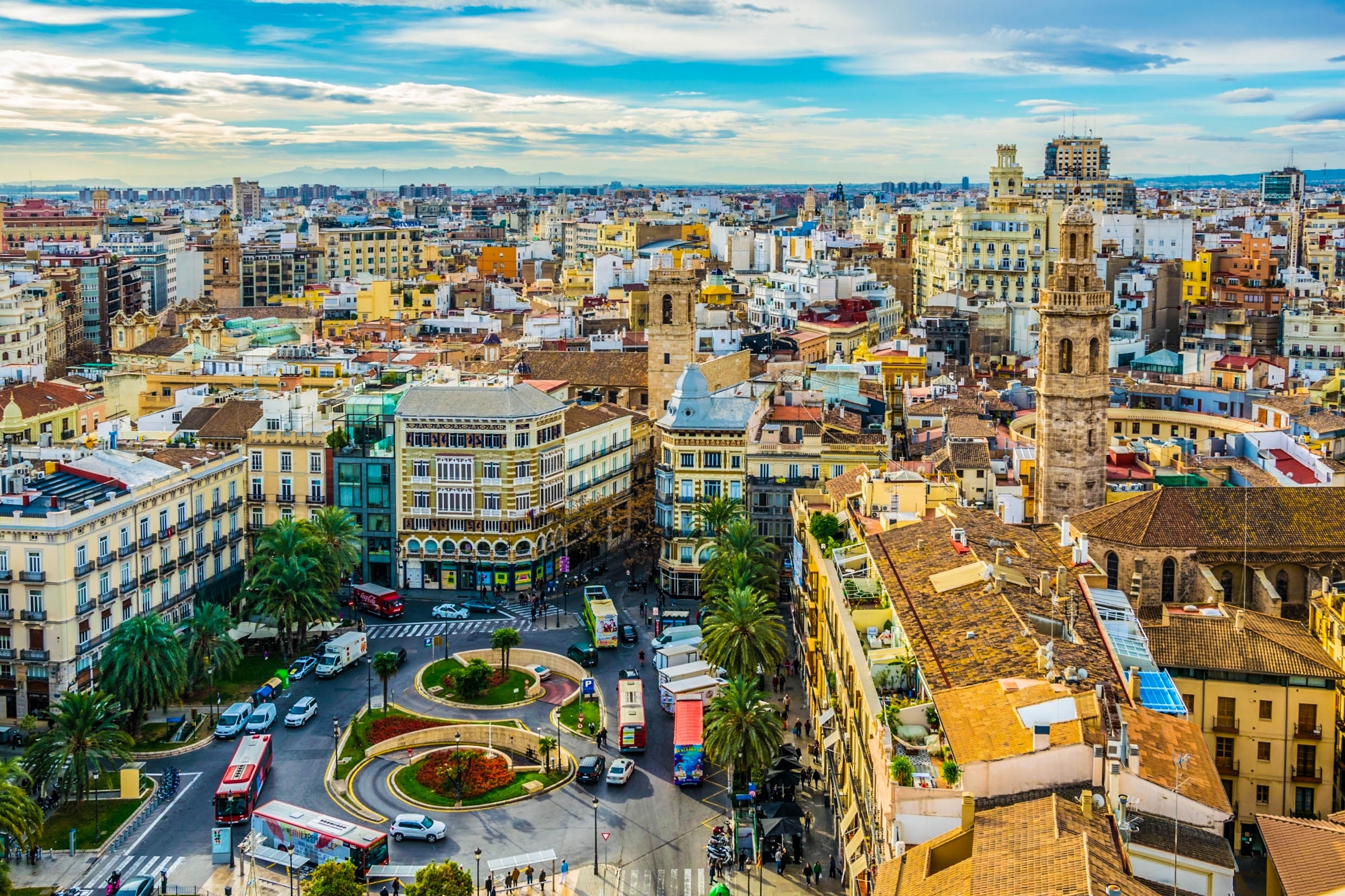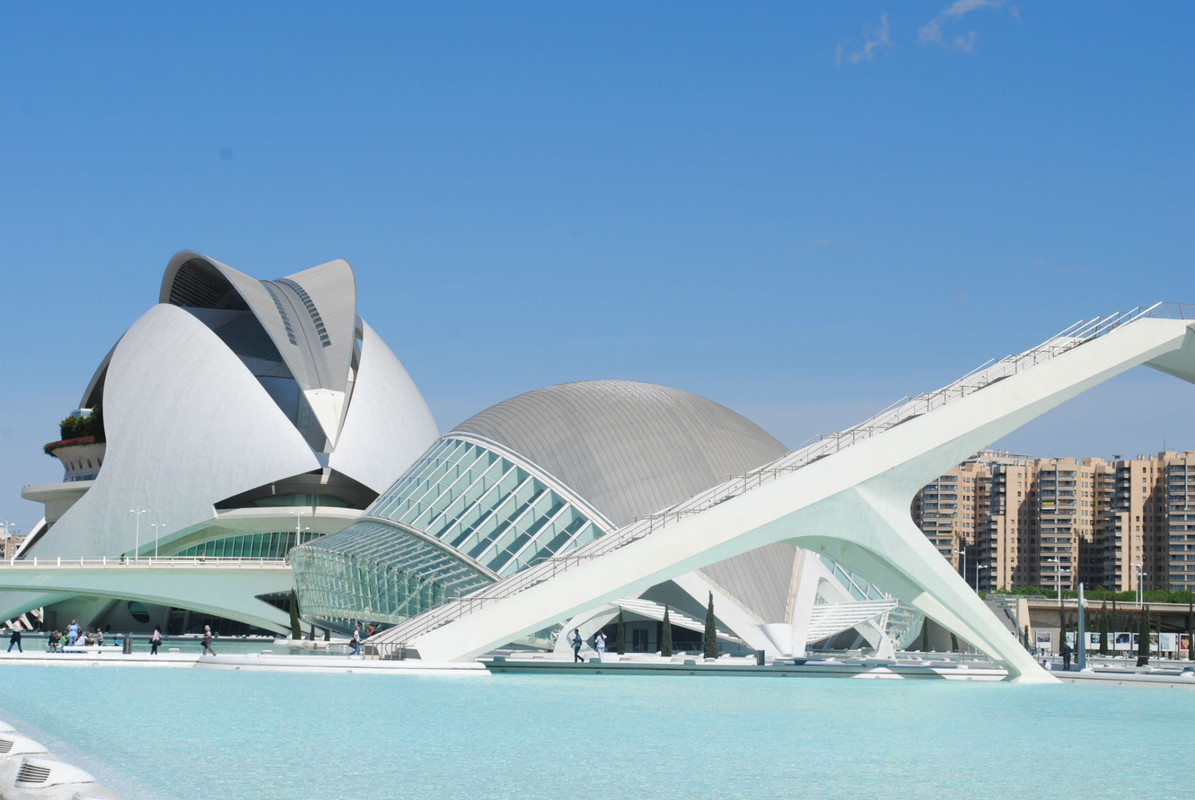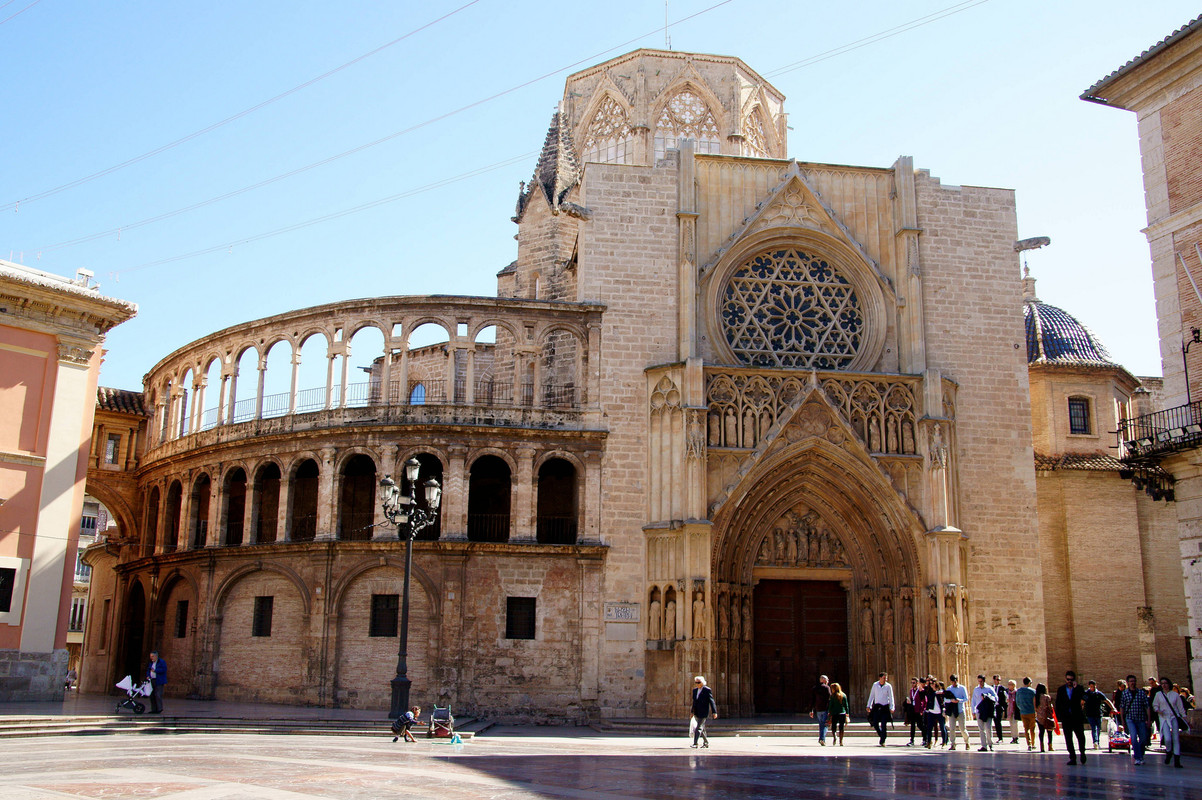
 Visit Valencia This Summer
Visit Valencia This Summer
Monday 25th June 2018 | Jake
Calling a country’s third largest city a hidden gem may sound a little sensationalist, but Valencia is something of an ‘if we have time for it’ on most people’s itinerary when they travel to Spain. It lags far behind the capital, Madrid, and Barcelona in terms of tourist footfall. Meanwhile, regions in the south such as Seville, and the Basque country to the North hold an independent allure that attracts visitors looking to find what makes Spain such a diverse and deeply interesting country.
In 2017 an estimated 32 million tourists spent roughly €30bn in Barcelona, flocking in their droves to walk La Rambla, take in Sagrada Familia and enjoy the sounds and smells of the Catalan capital. Around 350 miles of coastline south-west of the hustle and bustle of Barcelona lies Valencia, a port city steeped in culture and history. Revelling in its role as a city neglected by tourists, strides have been made to modernise the city without affecting the classical architecture passed down to it from Roman, Muslim and then Christian rule that gives the city a unique look.

The City of Arts and Sciences
L´Hemisfèric, Palau de Les Arts Reina Sofia, Museu de les Ciències Príncipe Felipe, L'Umbracle and the Assut de l'Or Bridge comprise the City of Arts and Sciences, a space-age site at the east end of the river Turia. The site is in close proximity to the majority of Valencia’s historical sites and the centre of the city and is a blissful walk through Turia. Yes, a walk through the river. Well, former river. Turia used to flood often and violently, causing a great deal of harm to the city. To remedy this a diversion project was conceived and implemented in 1969. The river is now completely dry in the city, and the riverbed has been converted into a beautiful park referred to as the garden of Turia.
These modern attractions don’t disrupt the historic soul of the city, great testaments to bygone eras stand tall. The centre of the city plays host to a string of stunning buildings. The 16th century Llotja de la Seda is one of the first to greet you as the meandering, cobbled alleyways lead you to the city’s centre. The Valencia Cathedral is arguably the city’s foremost attraction, a 13th Century marvel of Gothic architecture.

Valencia Cathedral
As day sinks into night Valencia has much more to offer. Tapas culture is alive and well in the city, with people of all ages lining the bars until almost midnight in the summer. The birthplace of Paella (although many in Barcelona would disagree) is also famed for its seafood, as well as its omelette. Nightlife extends into the early hours on weekends, with plenty of clubs – from small gay clubs to mega clubs holding hundreds of people – around the vibrant centre.
